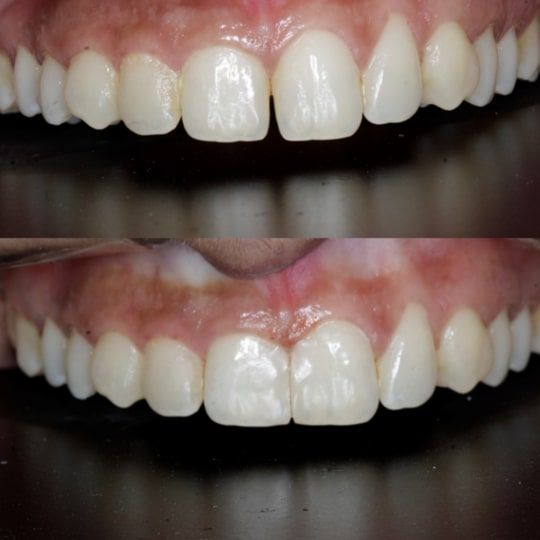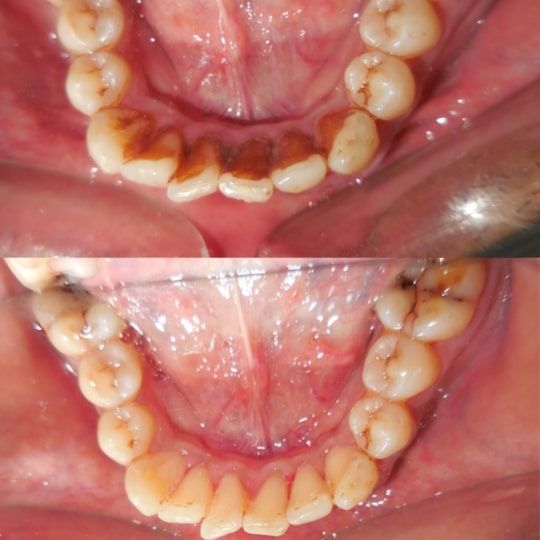2) Tooth-coloured Fillings?
Dental Fillings are used to replace the parts of the tooth that have been lost, due to many reasons. These include wear and tear, decay and accidental damage.
Tooth-coloured/white fillings are less obvious and more natural looking. They are almost identical to the natural tooth.
All cavity fillings are done using natural tooth-coloured composite materials. We use the best 3M Unitek materials for tooth-coloured fillings.




